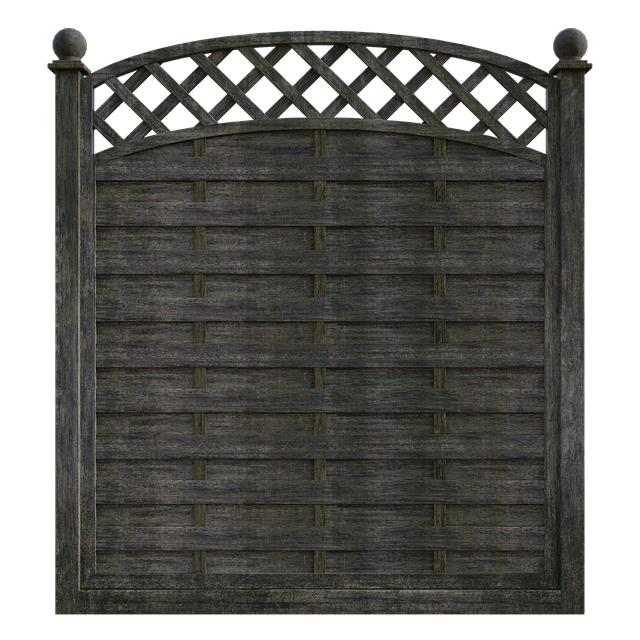Introduction:
For homeowners in New Bedford, Massachusetts, maintaining your fence throughout the year is essential to ensure its longevity and aesthetic appeal. This article guides you through understanding the unique climatic conditions of New Bedford, offering a comprehensive pre-seasonal inspection checklist, detailing seasonal maintenance tasks for spring and summer, and providing winterizing tips tailored to the region’s needs. By following these recommendations, you’ll safeguard your fence against the elements, ensuring it stands strong and vibrant year-round.
- Understanding New Bedford's Climatic Conditions for Fencing
- Pre-Seasonal Fence Inspection Checklist
- Seasonal Maintenance Tasks: Spring and Summer
- Winterizing Your Fence: Tips for New Bedford Residents
Understanding New Bedford's Climatic Conditions for Fencing
New Bedford, Massachusetts experiences four distinct seasons, each with unique climatic conditions that can impact fencing over time. The harsh winters, characterized by freezing temperatures and frequent snow, require specific preparation to protect wooden fences from damage. During this period, it’s essential to ensure proper drainage around the fence to prevent water accumulation, which can lead to rot. Additionally, applying a waterproof seal or paint in late autumn prepares the fence for the cold months ahead.
In contrast, summers bring hot and humid weather, posing different challenges. Regular cleaning and inspection are crucial to maintain the fence’s integrity. Removing moss, algae, and other debris is essential as these substances can weaken the material. As New Bedford is prone to occasional storms and high winds, ensuring that fences are securely anchored and well-maintained before the start of each season is vital to safeguard against potential damage.
Pre-Seasonal Fence Inspection Checklist
Before the busy season begins, it’s crucial to perform a thorough inspection of your fence in New Bedford. This pre-seasonal check will help identify any potential issues and ensure your fence is in optimal condition. Start by examining the overall structure for any signs of damage or wear, including broken or missing pickets, rotted posts, or loose panels. Check all gates and hinges for smooth operation and proper alignment. Inspect the bottom rail for warping or rot, as this can affect the stability of the entire fence. Also, look out for any overgrown vegetation that might be encroaching on the fence line, which could cause damage over time.
Make a note of any repairs needed, such as replacing rotten wood or securing loose parts. Regular maintenance at this stage will save you from more extensive and costly fixes later in the season. Don’t forget to check the surrounding area for any potential hazards that might impact your fence, like nearby trees with branches overhanging or structures that could cause damage during storms or strong winds.
Seasonal Maintenance Tasks: Spring and Summer
In spring, as the weather warms up, it’s time to start thinking about bringing your fence back to life after winter. Begin with a thorough cleaning using a pressure washer or a garden hose. This will remove any built-up dirt, moss, or debris that has accumulated over the cold months. Check for any signs of damage, such as loose or broken boards, rusted hardware, or sagging posts. Repaire or replace these components to ensure structural integrity and longevity. Paint or stain your fence to protect it from the upcoming warmer seasons. A fresh coat of finish will not only enhance its aesthetic appeal but also shield it against rot, mold, and UV damage.
Summer is peak season for fence maintenance. Regularly inspect your fence for any new damage, especially after storms or high winds. Keep an eye out for common issues like warped boards, loose rails, or damaged posts. Prune any overhanging branches from nearby trees that could cause potential hazards or damage to your fence. Ensure proper drainage around the fence line to prevent water pooling, which can lead to rot. Lastly, consider power washing again to refresh its appearance and remove any algae or mold buildup.
Winterizing Your Fence: Tips for New Bedford Residents
Winterizing your fence is crucial to protect it from the harsh New Bedford, Massachusetts winter conditions. Start by inspecting your fence for any signs of damage or weakness. Repair or replace any broken sections to ensure structural integrity during the cold months ahead. Next, consider applying a water-repellent sealer to wooden fences, as this can help prevent rot and decay caused by prolonged moisture exposure.
For metal fences, clean and degrease the surfaces to prepare for rust prevention. Apply a coat of protective paint or primer designed to withstand winter’s harsh elements. Additionally, remove any decorative items or accessories from your fence that might be susceptible to frost or snow damage. Storing these items indoors during the winter season can prolong their life and reduce the risk of breakage.
